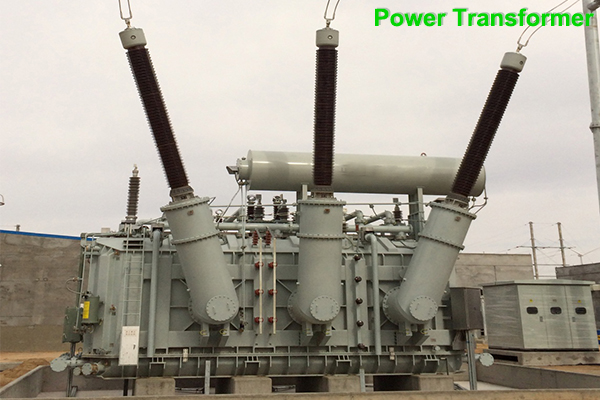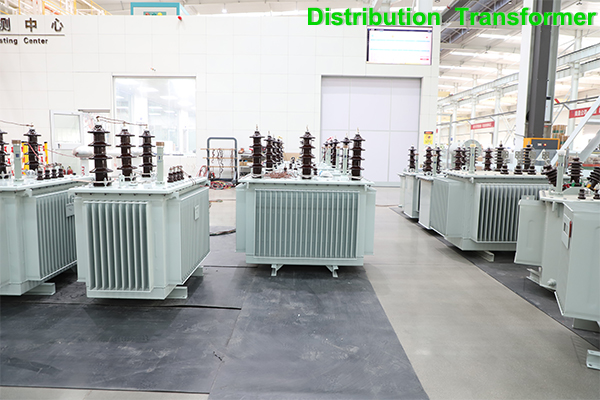Power Transformer VS Distribution Transformer
The power system is generally divided into four links: power generation, transmission, distribution, and power consumption. Transformers are present in all links of the power system. All transformers used in the power system are called power transformers. Distribution transformers generally refer to power transformers that directly supply power to end users in the grid system, with a voltage level of 6~35KV. In addition to these differences, do you know the differences between power transformers and distribution transformers?

What is Power Transformer?
A power transformer is an electrostatic device used to convert a certain value of AC voltage into another or more voltages with the same frequency. Power transformers are one of the main equipment in power plants and substations. Transformers can not only increase voltage and transmit electrical energy to the power consumption area, but also reduce voltage to the voltage used at various levels. Both step-up and step-down require the use of transformers.
Learn more about the classification of power transformers

What is Distribution transformer?
Distribution transformers refer to a static electrical device that transmits AC power by transforming AC voltage and current according to the law of electromagnetic induction in the distribution system. Distribution transformers are generally used in the distribution link of the power system. It reduces the voltage to the voltage at which electrical equipment works to meet the power needs of users. Distribution transformers are generally transformers that meet voltage levels below 35KV.
Learn more about the application of distribution transformers
Power transformers VS distribution transformers
Scope of application
Power transformers are widely used to handle high voltages and transmit electricity over long distances using power stations and substations.
Distribution transformers user circulation networks, provide the final voltage change, and reduce the voltage to the level required for user use. These transformers are designed at lower voltage levels.
Voltage and size
Power transformers are used for large loads, transmission applications greater than 33KV. Compared with distribution transformers, it also has a larger size and high insulation level for production stations and transmission stations.
Distribution transformers are suitable for low voltage below 440V~220V and 33KV energy distribution in industrial applications. It is small in size and is usually not fully loaded.
Application areas
Power transformers are mainly used for long-distance transmission and transformation operations between substations, generally used in power stations, substations and industrial plants, etc.
Distribution transformers are used by end users. Generally used in communities, commercial buildings, hospitals, industrial sites and other places. Distribution transformers provide suitable voltages for these places to operate safely and efficiently.
Structural features
The structure of the power transformer is complex, large in size and heavy in weight. It is mainly composed of multiple coils on the high-voltage side and the low-voltage side, mailboxes, cooling devices, etc.
The structure of the distribution transformer is relatively simple, small in size and light, and is composed of only a smaller iron core and a few coils.
Installation location
Power transformers are usually installed in various power stations or substations for long-distance transmission and transformer operations between substations.
Distribution transformers are generally installed near distribution stations or users to directly meet the user's electricity needs.

